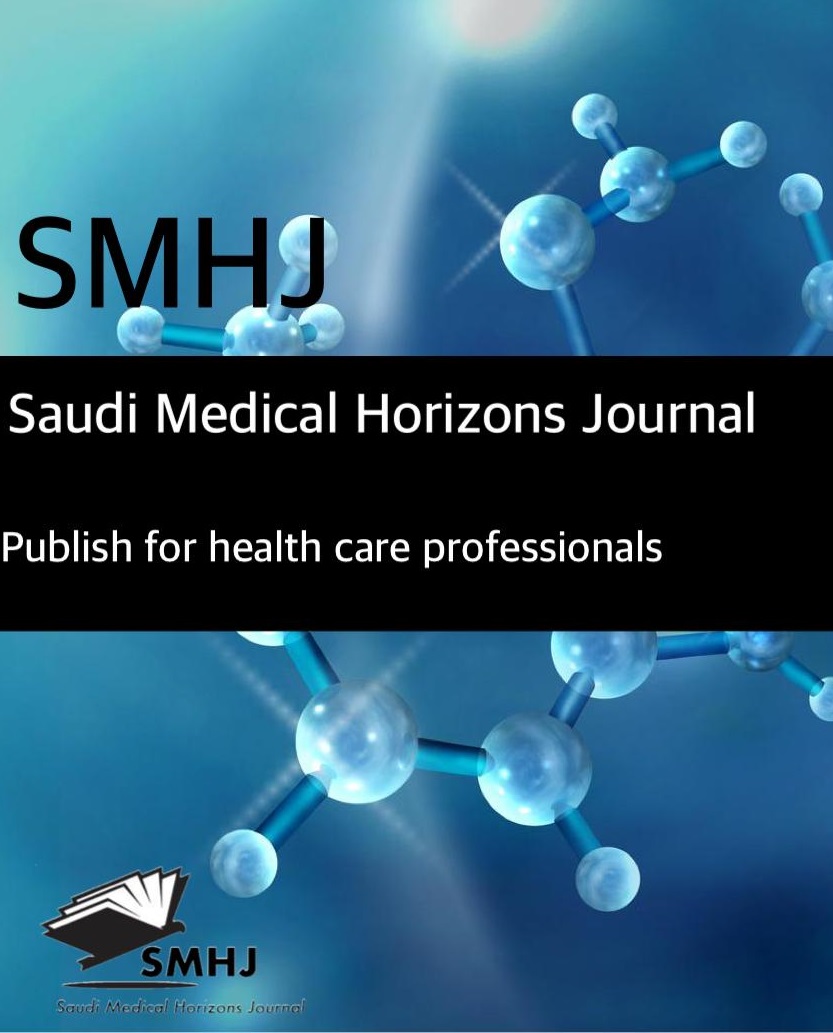The Overview of Oral Pyogenic Granuloma
DOI:
https://doi.org/10.54293/smhj.v2i3.48Keywords:
pyogenic granuloma, lobular capillary hemangioma, vascular tumor, mouth lesionAbstract
A benign vascular tumor is characterized as a pyogenic granuloma (PG), also referred to as a lobular capillary hemangioma. It develops as a result of cutaneous or mucosal inflammation-induced hyperplasia. Its name is misleading because it neither has anything to do with pus generation nor is it histologically made up of real granulomas. The development of PG's neoplastic tumor is thought to be a response to a variety of stimuli, including prolonged localized inflammation, trauma, hormonal effect, and medications. Poor oral hygiene is thought to be the leading cause of its frequent appearance in the oral cavity. Oral PG affects people of all ages, from 4.5 to 93 years old, however, it most frequently affects women than men in their second and fifth decades of life. After the hard plate, the lips, tongue, buccal mucosa, and gingiva were the most common sites. The frenum, tongue, lips, tongue, and palate were additional locations. It can manifest intraorally in a variety of clinical ways, from a sessile lesion to a raised mass. Techniques used for treating oral PG are many and the choice of the appropriate strategy depends on many factors such as the severity of the case.
Downloads
Published
How to Cite
Issue
Section
License
Copyright (c) 2022 Saudi Medical Horizons Journal

This work is licensed under a Creative Commons Attribution 4.0 International License.



